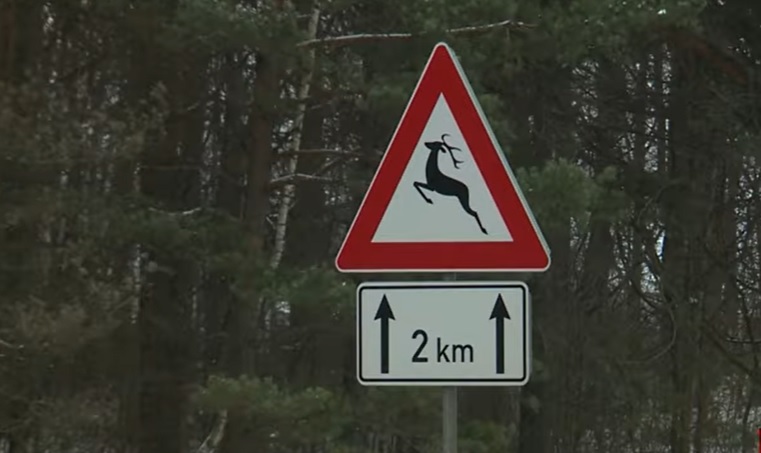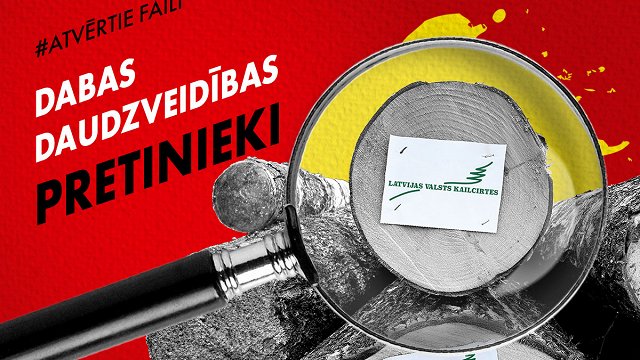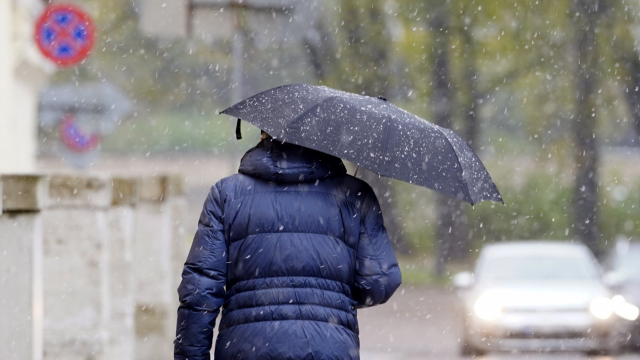“It's dark in the mornings, and it's dark very early in the evenings. As a result, most of the intensive traffic is in the dark,” said Anna Kononova, spokeswoman for the Latvian State Roads. "Salt will also appear on the roads now. As you know, the salt that treats roads in winter also is liked very much by wild animals. So wildlife on the road who come to lick that salt can appear more frequently. "
Up to 2,000 road accidents involving animals are registered annually. These statistics are not accurate as some drivers do not report the incident. Correct action would be to call the police whether or not the animal is hurt. It is also worth reporting it on the State Forest Service's app Mednis, indicating the precise location, said Valters Lūsis, head of the State Forest Service Hunting Division. “Road signs are the simplest, but there are also scare devices, fences can be built. We need to know where. That information is very important."
The insurance company, BALTA, has already paid two and a half million euros in reimbursements following animal collisions this year.
“The biggest animal of our forest is the moose. The collision with such an animal recently resulted in a completely new car. It is no longer repairable,” said Ingus Savickis, the company's compensation director. “Still today, I approved one compensation [for a collision] with a wild boar that maybe isn't that big. There, too, the car will no longer be repaired."
Experts call on drivers to focus only on the road when behind the wheel.
If a moose or a stag comes out unexpectedly, then try to avoid the collision. “On the other hand, if these animals are smaller and lower, unfortunately, if we can see that we can't stop and get around them safely, then, no matter how harsh it sounds, the safest thing is to hit the animal,” said Jānis Vanks, head of the Safe Driving School.
When attempting to avoid collisions with animals, drivers sometimes go into a ditch or into an opposite lane, which may result in a frontal collision with the oncoming car. Therefore, especially in the twilight and in the dark weather, drivers must be particularly careful to be able to react in time.
The State Forest Service can be contacted by the app Mednis, by phone 67221322 or [email protected].



























